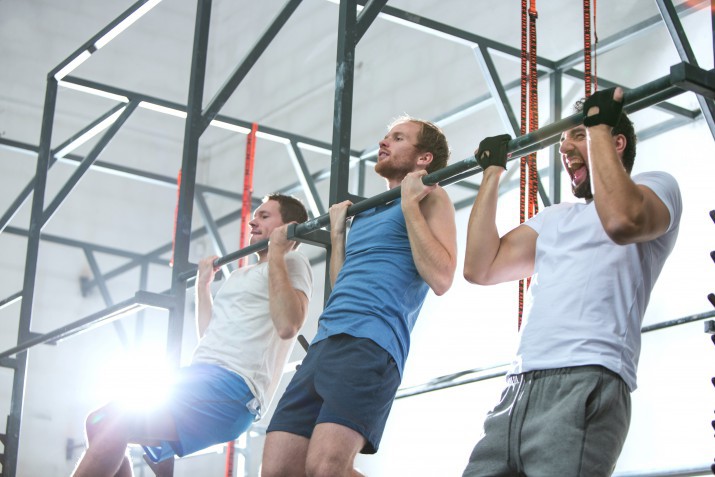
In the realm of fitness, two primary contenders stand out for sculpting a strong and resilient physique: calisthenics training and weightlifting. While both approaches share the common goal of enhancing physical strength and endurance, they diverge in their methods and the outcomes they deliver.
In this blog post, we’ll unravel the differences between calisthenics and weightlifting, helping you make an informed decision about which path aligns best with your fitness aspirations.
1. Foundation of Calisthenics:
Calisthenics is a form of exercise that relies solely on body weight for resistance. Push-ups, pull-ups, squats, and planks are quintessential calisthenics exercises. The emphasis is on mastering the art of controlling and manipulating one’s body through various movements, leveraging strength, flexibility, and balance.
2. Weightlifting:
On the other side of the fitness spectrum is weightlifting, a practice that involves lifting external weights, such as dumbbells, barbells, and kettlebells. This approach allows for progressive resistance, enabling individuals to increase the load over time and build muscle mass and strength.
3. Muscle Activation and Isolation:
Calisthenics often engages multiple muscle groups simultaneously, fostering functional strength and coordination. Weightlifting, on the contrary, allows for targeted muscle isolation, enabling individuals to focus on specific muscle groups through exercises like bicep curls, leg extensions, and bench presses.
4. Portability and Accessibility:
One notable advantage of calisthenics is its portability and accessibility. No specialized equipment is required, making it an ideal form of exercise for those who prefer working out at home, outdoors, or in environments with limited equipment. Weightlifting, on the other hand, typically demands access to a gym or a well-equipped home setup.
5. Progression and Adaptability:
Progressing in calisthenics often involves mastering more advanced variations of bodyweight exercises. As strength improves, individuals can transition from standard push-ups to handstand push-ups or from basic squats to pistol squats. Weightlifting, on the other hand, allows for more straightforward progression by increasing the weight lifted, enhancing muscle hypertrophy.
6. Functional vs. Aesthetic Goals:
Calisthenics tends to prioritize functional strength, agility, and body control. The aesthetic outcomes are often a byproduct of mastering complex movements. Weightlifting, while still offering functional benefits, is frequently associated with targeted muscle growth and a focus on aesthetics.
7. Injury Risk and Recovery:
Calisthenics, when performed with proper form, generally carries a lower risk of injury compared to weightlifting, where the use of external weights places additional stress on joints and tendons. However, injuries in either discipline can be mitigated with proper warm-up, technique, and recovery practices.
Ultimately, the choice between calisthenics training and weightlifting depends on personal preferences, fitness goals, and lifestyle. Calisthenics offers a versatile and accessible approach to fitness, emphasizing body control and functional strength. Meanwhile, weightlifting provides a structured path for muscle hypertrophy and strength development through the use of external weights. Whether you’re drawn to the elegance of bodyweight movements or the clanging of iron, both calisthenics and weightlifting have their merits, offering distinct paths to achieving a fit and healthy body.



